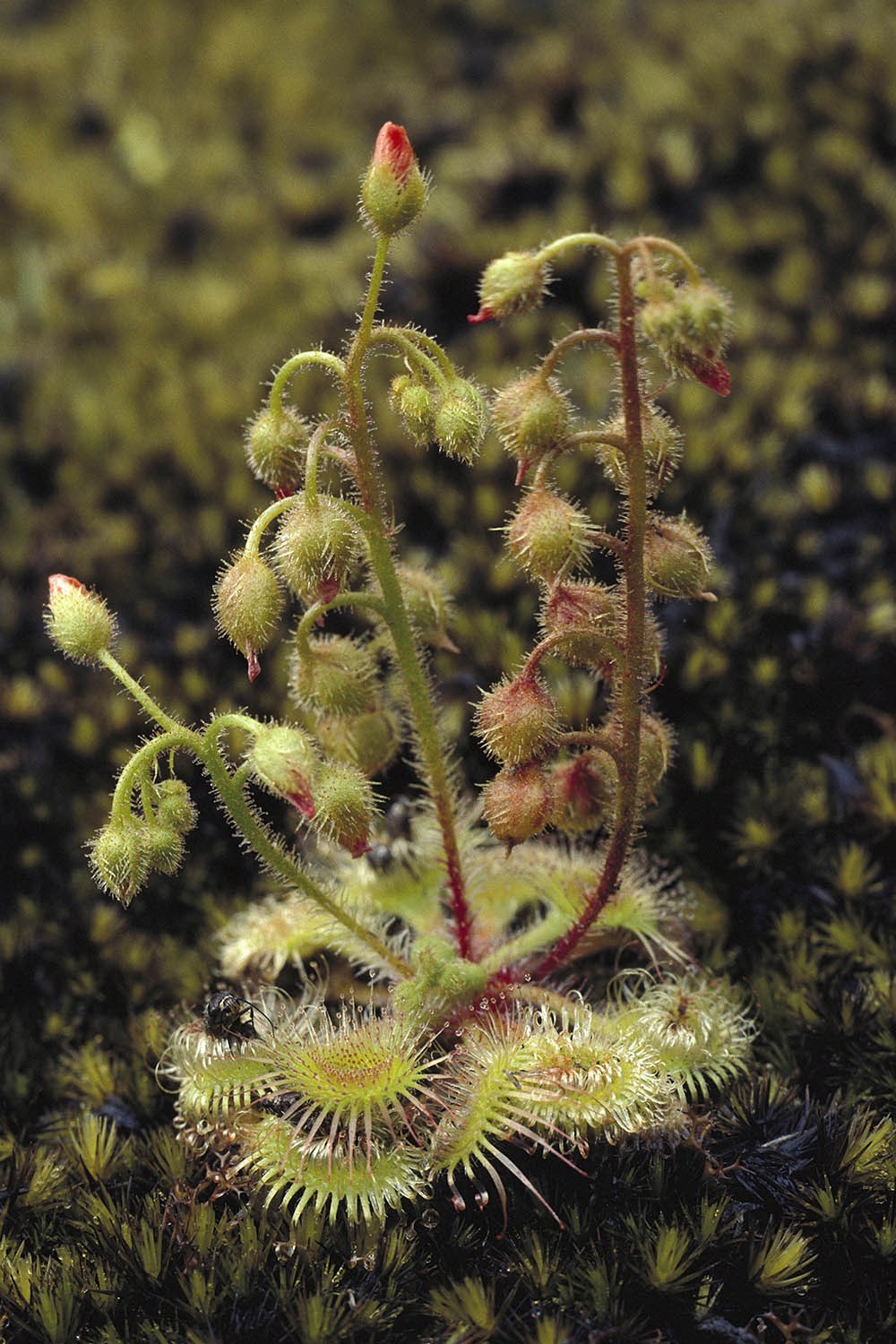
7 of the best carnivorous plants and how to care for them Better
Flypaper trap plants are called Sundews. This video is owned by BBC world wide. No copyright intended.

What is a Flypaper Trap? Home Stratosphere
Flypaper Traps. Carnivorous plants with flypaper traps ensnare their victims with a sticky mucus that also acts as an attractant. Butterworts (Pinguicula spp.) fall into this category. This genus currently contains over 80 species with new discoveries still being made in recent years. They can be found growing in native habitats throughout the.
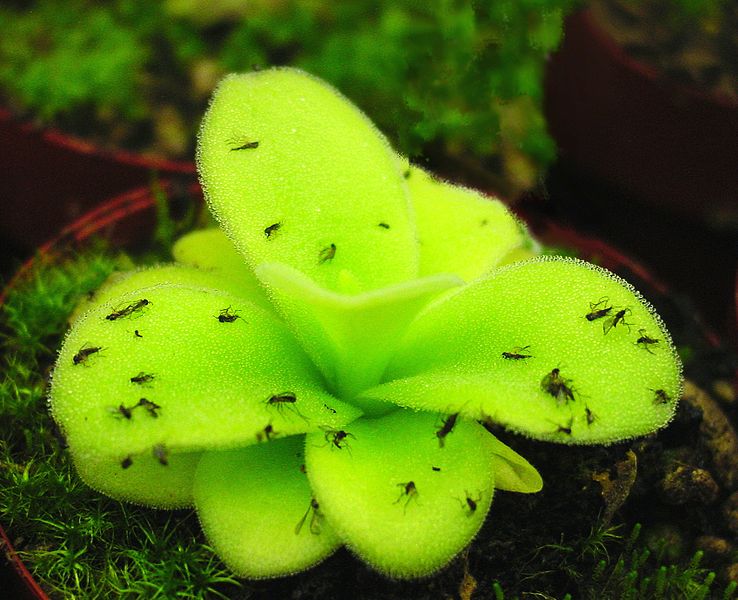
Flypaper Plant Save Our Green
The simplest trapping mechanism is the adhesive trap. The flypaper-like leaves of Pinguicula have specialized short stalked glands that secrete a sticky mucilage that traps small creatures. The glands are stalked so the leaf itself doesn't smother in slime while it waits for a prey.
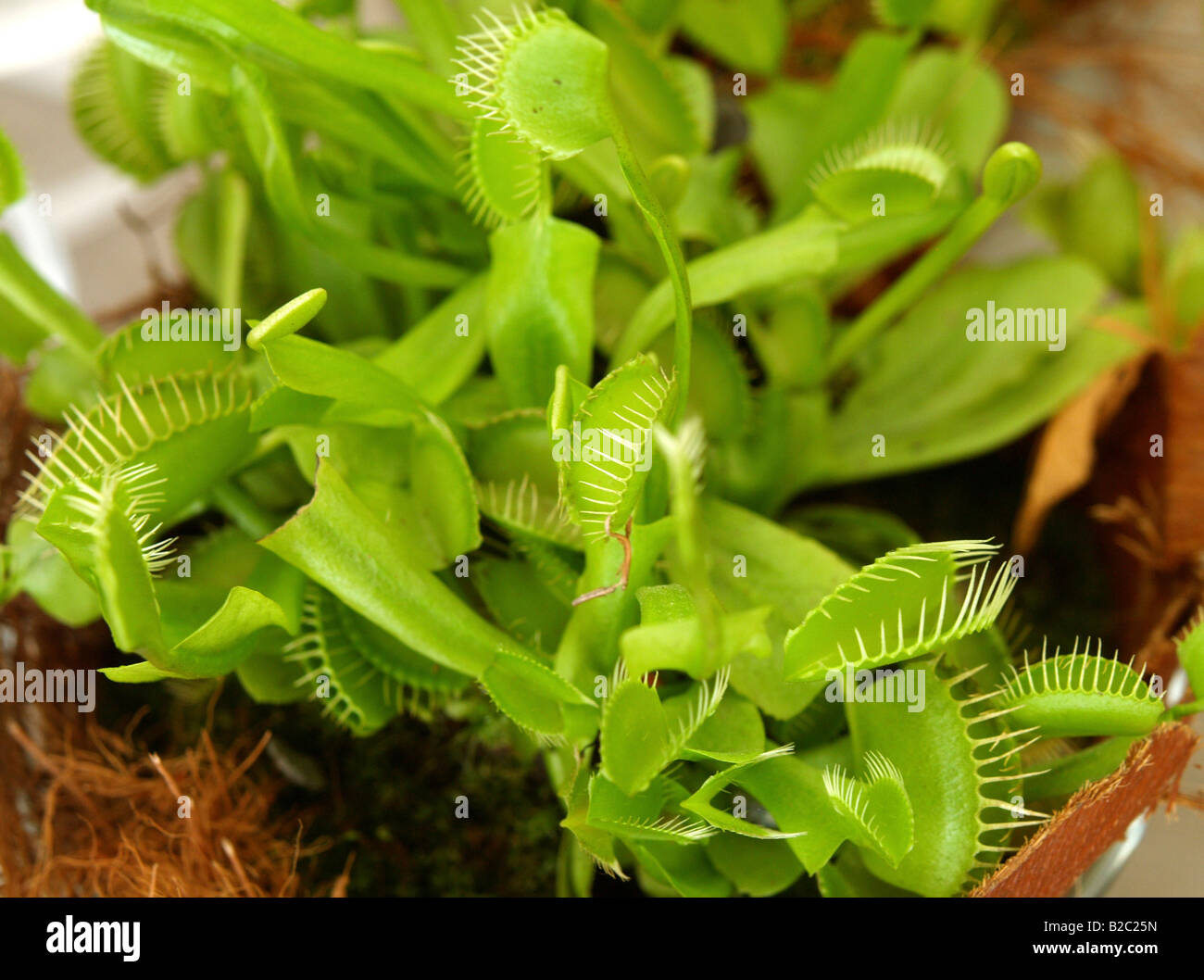
Botany flypaper trap flypaper traps carnivore carnivores hires stock
Sundews are "flypaper" plants that trap prey in sticky hairs on their leaves. They make up one of the largest groups of carnivorous plants. Long tentacles protrude from their leaves, each with a sticky gland at the tip. These droplets look like dew glistening in the sun, thus their name.
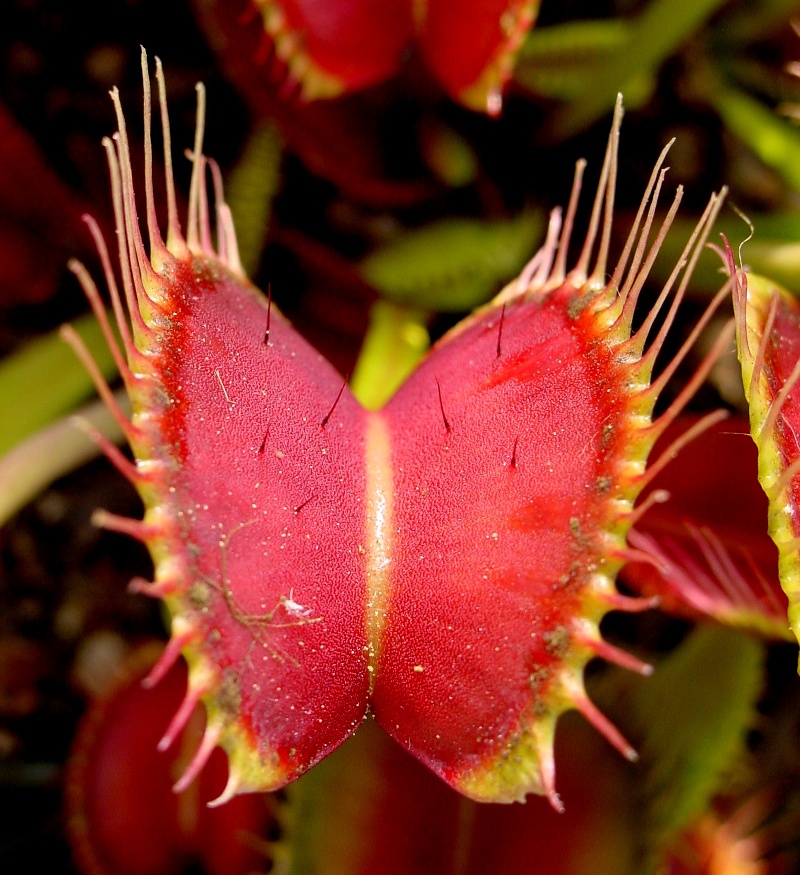
Carnivorous Plants Venus Flytrap, Sundew Plant, Pitcher Plant
Common trapping techniques are pitfall traps, flypaper traps, snapping traps, and suction traps. The first two use adaptations that involve shape and sticky surfaces. The last two are particularly fascinating, because the presence of prey triggers the plant to take action — to move, quickly! — to ensnare the hapless creature.

How To Grow & Care For A Venus Fly Trap Horticulture.co.uk
A protocarnivorous plant (sometimes also paracarnivorous, subcarnivorous, or borderline carnivore ), according to some definitions, traps and kills insects or other animals but lacks the ability to either directly digest or absorb nutrients from its prey like a carnivorous plant.

Venus Flytraps Need Protection From Poachers in North Carolina The
Often referred to as "flypaper" plants, sundews trap their insect prey in sticky hairs on the upper surfaces of their leaves. Four out of the seven species of sundew native to North America are found in the northeastern United States. The English sundew, an endangered species, lives only in the northern reaches of Maine..

The Diversity and Ecology of Carnivorous Plants Owlcation
Flypaper Traps Carnivorous Plants. Flypaper-covered carnivorous plants trap their prey by sticky mucus that attracts both them and their prey. Butterworts (Pinguicula spp.) can be found in this group. The genus has a high level of diversity, with more than 80 species found throughout the world.
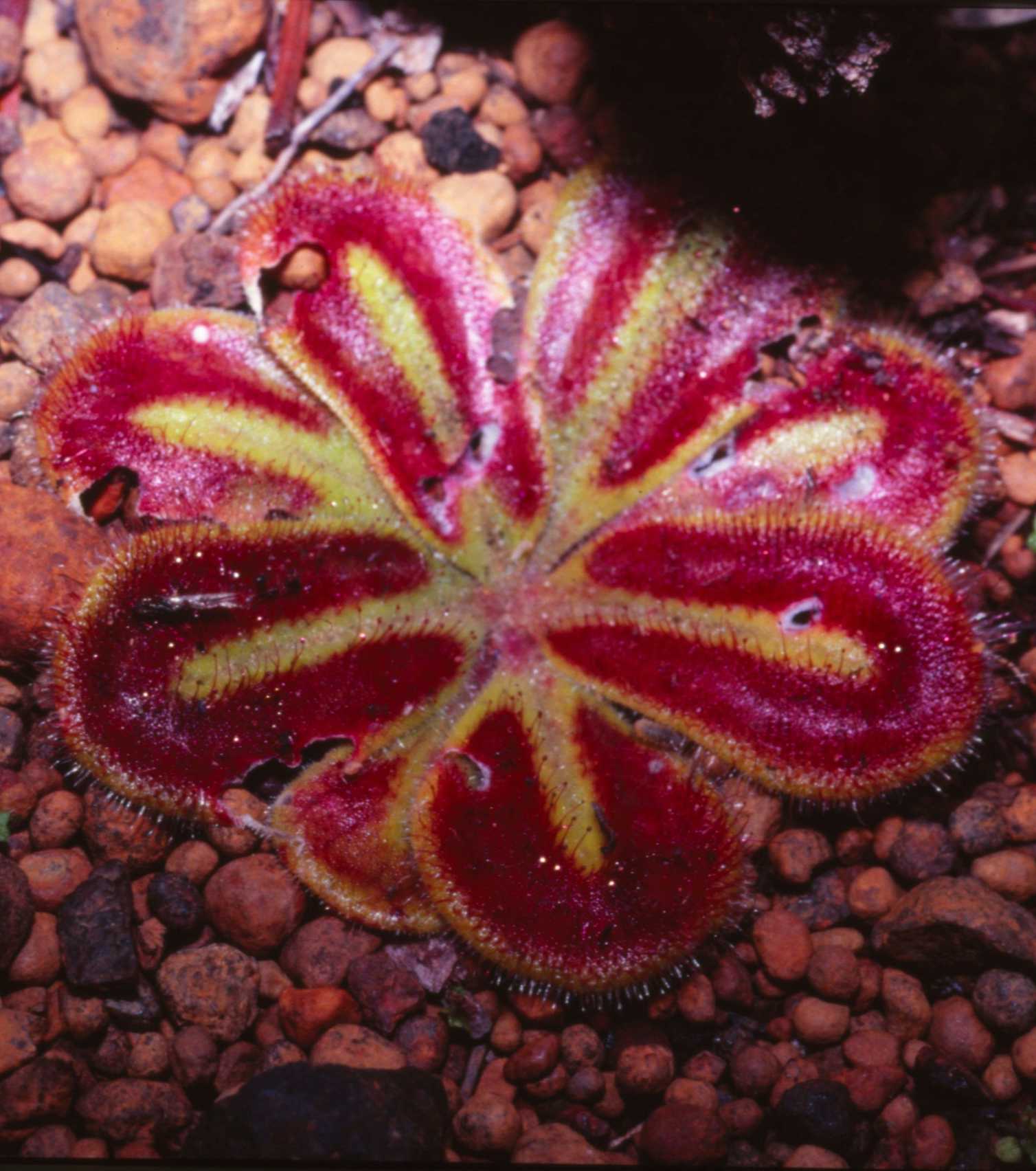
Death traps how carnivorous plants catch their prey
Flypaper traps use a sticky mucilage. Snap traps utilise rapid leaf movements. Bladder traps suck in prey with a bladder that generates an internal vacuum. Lobster-pot traps, also known as eel traps, use inward-pointing hairs to force prey to move towards a digestive organ.
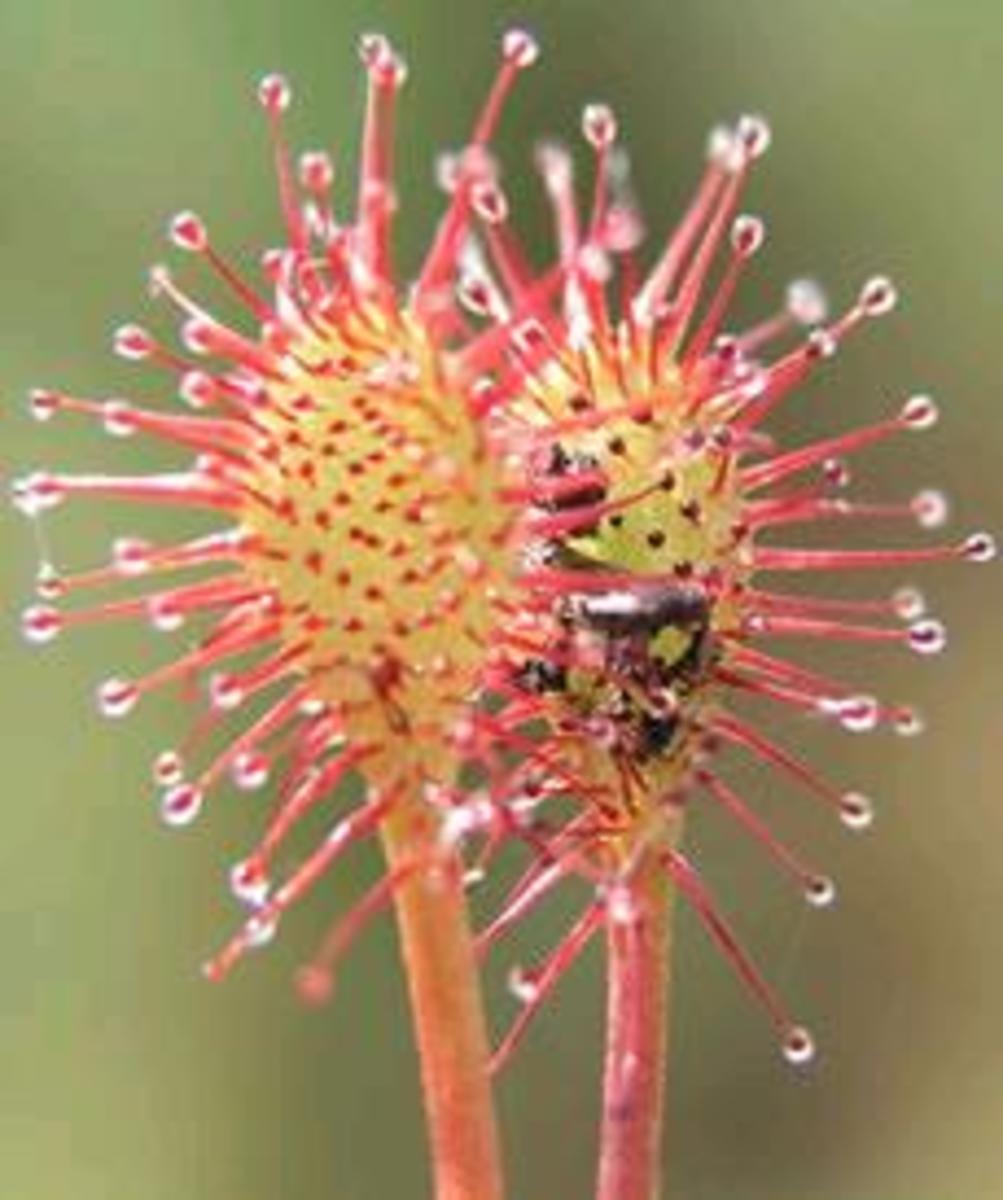
Carnivorous Plants Venus Fly Trap, Pitcher Plant & Plant Care HubPages
Flypaper Plant Flypaper Plant ( Pinguicula gigantea ), an alternate to Mosquito Repellent, GO GREEN.. Call them opportunists, but butterworts - also known as flypaper plants - will grab hold of anything that lands on their leaves and immediately start digesting it. How trapped by flypaper plant

Durable adhesive traps prey Ericales AskNature
Evolution of different trap types from flypaper traps. The flypaper trap is the most frequently occurring type of trap in carnivorous plants, having independently evolved in at least six lineages, including three in the Lamiales alone (in Pinguicula, Byblis [rainbow plants], and Philcoxia; Schäferhoff et al., 2010; Fleischmann et al., 2018a.
:max_bytes(150000):strip_icc()/venus-fly-trap-plant-profile-4688605-5-77c865f45e094739a592d2eca8824c3d.jpg)
How to Grow and Care for Venus Flytrap Plants Indoors
Venus flytrap See all media Category: Animals & Nature Sometimes called: insectivorous plant Key People: Charles Darwin Related Topics: pitcher plant Sarraceniaceae bladderwort sundew western false asphodel On the Web: Royal Horticultural Society - How to grow carnivorous plants (Dec. 21, 2023) See all related content → slender pitcher plant

Drosera De La Planta De La Trampa Del Papel Matamoscas Imagen de
The 5 Carnivorous plant types include Bladder Trap in the genus Utricularia, Flypaper type has genus Drosera, Pinguicula, among others. Lobster-pot type with its single genus, Genlisea, Pitfall type includes the genus Nepenthaceae, Sarraceniaceae, Cephalotaceae, and Bromeliaceae. The last plant type is the Snap, which has only two plant species.
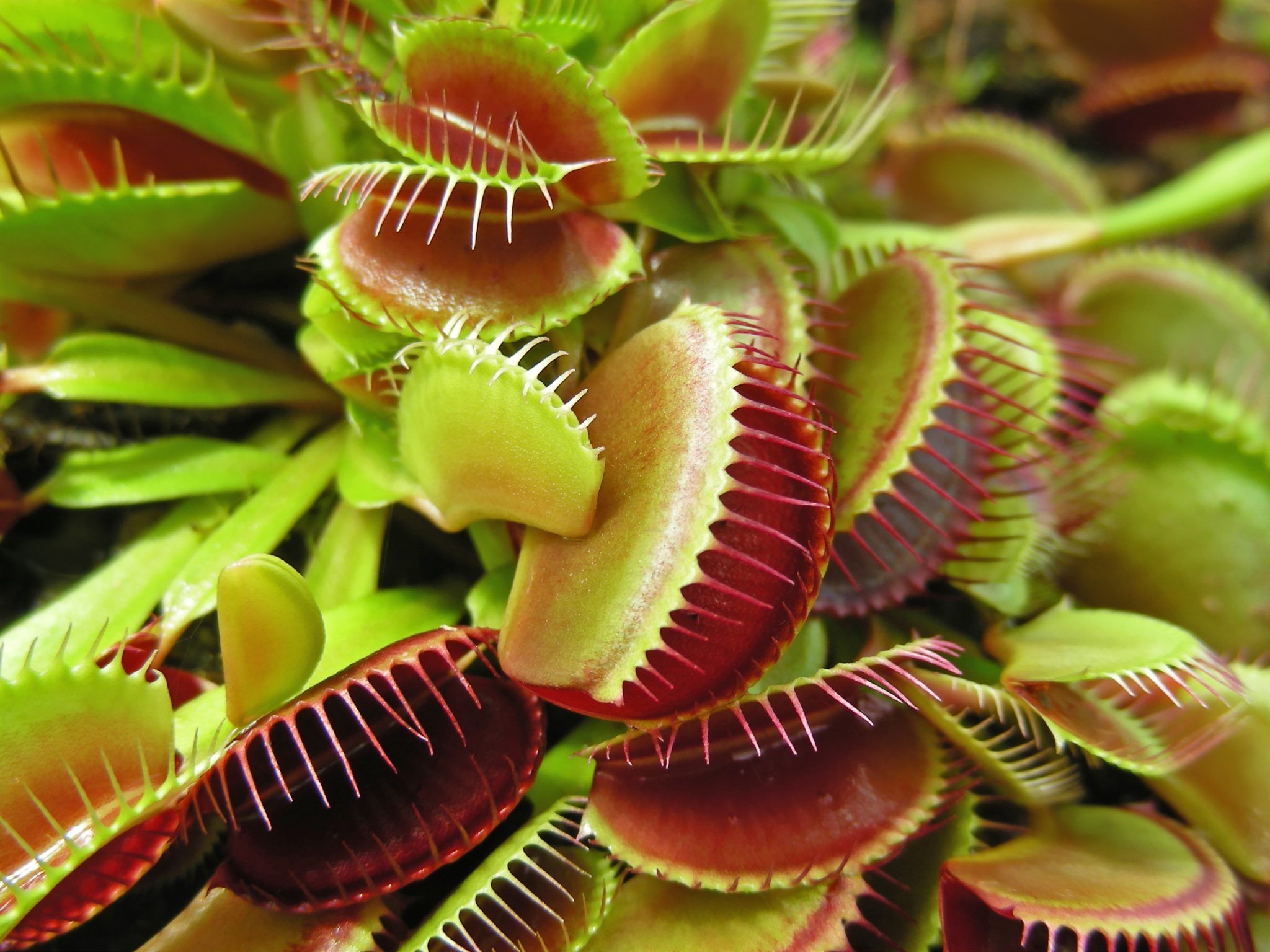
Venus Fly Trap Wallpapers Wallpaper Cave
1. Venus Flytrap (Dionaea Muscipula) This is the most popular and well-known carnivorous plant. Venus flytraps have strong "jaws" that trap flies and other insects once they touch the hair present in its pink center. This plant benefits from eating insects, and then the plant gets nitrogen and other nutrients from the digested insects.

The Flypaper trap plant Nature documentary YouTube
The adhesive substance produced by flypaper plants, Roridula gorgonias, is extremely sticky, long lasting, and water tolerant. They remain hydrated and functionally adhesive even after prolonged exposure to dry environments. Flypaper plants also cultivate populations of symbiotic insects within its traps that must be able to resist the adhesive.

What is a Flypaper Trap? Home Stratosphere
Catapult-flypaper trap: Carnivorous plant captures prey in milliseconds Siegfried R. H. Hartmeyer 3.66K subscribers 10K views 10 years ago #Catapult #Katapult A sundew catapults prey into its.